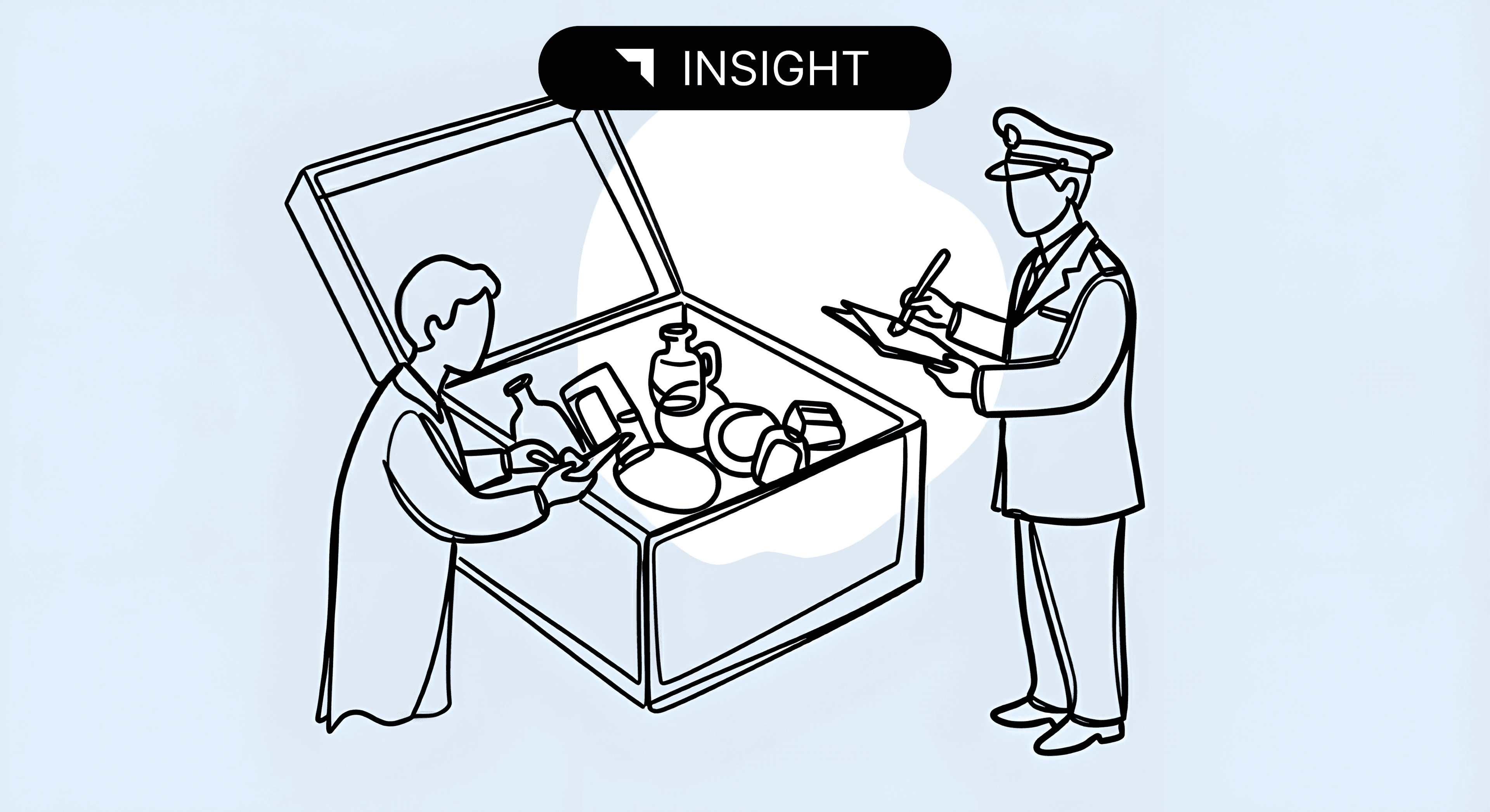
GRI 4 and the Challenge of “Most Similar Goods”: A Guide to Avoiding Misclassification
Some products defy straightforward classification. They may be new technologies, highly specialized components, or items that do not clearly fall under any existing heading. When all earlier GRIs fail to determine the correct classification, GRI 4 provides the final legal path. It directs the classifier to identify the goods that are most similar to the imported product and use that heading as the basis for classification.
GRI 4 is a last resort rule. It must never be used before exhausting GRI 1, GRI 2, and all three sub rules of GRI 3. Because of its position in the hierarchy, GRI 4 is rarely applied, but when it becomes necessary, it demands a disciplined and well documented approach. Misuse of this rule can lead to incorrect classification and increased audit exposure.
When GRI 4 Applies
GRI 4 is triggered only when:
- No heading applies directly under GRI 1
- The product does not satisfy the conditions of GRI 2
- Potential headings cannot be differentiated under GRI 3(a)
- Essential character is not identifiable under GRI 3(b)
- None of the competing headings can be selected under GRI 3(c)
Only after all these steps fail is the classifier permitted to rely on similarity. This ensures that GRI 4 is applied in a controlled and legally defensible way.
Understanding “Most Similar Goods”
Similarity under GRI 4 is not subjective. The determination must be based on objective characteristics such as:
- Material composition
- Function
- Use or purpose
- Design and structure
- Role in commerce or industry
- Technical behavior or performance
The comparison must focus on the essential features of the product and identify the goods that most closely resemble it in terms of nature and application.
Similarity does not require an exact match. Instead, it requires a close relationship between the imported good and the reference good that best represents its identity within the structure of the tariff.
Common Scenarios Where GRI 4 Is Relevant
Although rare, GRI 4 often appears in cases involving:
- New technology categories not explicitly listed in the tariff
- Hybrid products combining functions in a way not captured by existing headings
- Novel materials or specialized industrial inputs
- Goods without a clear essential character under GRI 3
- Unusual configurations that do not align with typical commercial forms
Because innovation often outpaces tariff revisions, GRI 4 is especially important for emerging industries and advanced manufacturing.
How to Identify the Correct Similar Goods
A disciplined similarity analysis should consider:
- Primary function: What does the product actually do in its final form
- Material: What the good is made of and how that aligns with comparable goods
- Design intent: Whether the engineering or construction resembles existing categories
- Industry usage: How companies use the product in practice
- Technical characteristics: Performance or mechanical features that define the item
The classifier must document the reasoning clearly to show why a particular good was chosen as the most similar.
Why GRI 4 Cannot Replace Earlier Rules
A common error is misusing GRI 4 when the product can be classified under existing headings or when essential character is identifiable. GRI 4 is not a shortcut or a tool for handling uncertainty. It is a final mechanism intended only for situations where the tariff is not explicit and earlier GRIs cannot resolve the classification.
Skipping earlier steps increases the risk of:
- Inconsistent decisions
- Misalignment with audit expectations
- Incorrect duty treatment
- Exposure during protests or post entry reviews
Following the correct legal order protects the integrity of the classification workflow.
Documentation and Internal Controls
Because GRI 4 relies on similarity rather than direct legal text, it requires strong documentation. A complete record should include:
- Why GRI 1 to 3 did not resolve the classification
- How the most similar goods were identified
- The objective characteristics used for comparison
- The final rationale for the selected heading
This level of detail supports audit readiness and creates consistency across teams and product lines.
Scaling GRI 4 in Large Catalogs
Organizations that classify thousands of SKUs cannot rely on subjective interpretation. When GRI 4 becomes necessary, the evaluation must be clear, structured, and repeatable. A legal rules engine that enforces the correct sequence of GRIs ensures that similarity analysis is used only when appropriate and that it follows a consistent logic.
This protects teams from inconsistent decisions and helps maintain a reliable classification system across departments, product lines, and regions.
GRI 4 is the final tool for classifying goods that do not fit cleanly into the structure of the tariff. By identifying the most similar goods using objective characteristics, teams can classify innovative, hybrid, or unconventional products with clarity and legal consistency. When applied correctly and documented properly, GRI 4 ensures that even the most unusual imports are classified in a defensible and repeatable manner.
See how a legal rules engine applies GRI 4 only when appropriate and always in the correct sequence. Start a live classification session in Trade Insight AI and evaluate complex or novel products using structured legal reasoning.


